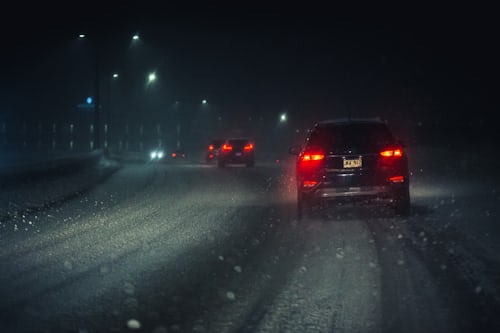
While Australian roads are generally considered safe and Australian drivers don’t have a negative reputation, the key thing to keep in mind is that accidents can happen to anyone. The way in which you respond to road emergencies may save lives and protect your vehicle from expensive and unnecessary repairs in the future. The most important thing is that you fully understand what you need to do in situations like these. Here are six common road emergencies that you should be able to handle.
1. Stay away from other cars
Tailgating is definitely not illegal but it’s highly unwise and outright dangerous. First of all, you need to keep in mind is that if something happens, it doesn’t have to be your fault. The person in the other vehicle could make a mistake and if you’re too close, you might not have enough time to react. Also, the vehicle could malfunction, in which case you will also need some maneuvering space. So, a general piece of advice is that you should stay away from other cars as best as you can. Even if you plan to overtake other vehicles, do it safely. Avoid long tailgating sessions. Just wait until there’s a safe stretch of road and you have full visibility.
2. Tire blowout
The key thing is that you do not panic and that you manage to stop the car as safely as possible. Seeing as how your car might start meandering due to the rapid loss of acceleration, you might have to slightly push the gas pedal further down. This will buy you some time to slow down. Replacing a flat tire is fairly simple, provided that you have all the necessary equipment. However, this also means that you should have a spare tire in your car. Leaving home without one is quite dangerous and reckless.
3. Empty car battery
There’s really no way to fully protect yourself from an empty car battery. Sure, there are ways to prolong its life and there are indicators that it is getting weaker but there are a lot of nasty ways in which it can still surprise you. The best thing you can do in this scenario is to push your vehicle out of the way, mark it for better visibility and ask for some help. With a fellow driver coming to your aid and some jumper cables (which you should have as standard equipment), there’s nothing standing in your way of quickly having the car up and running again.
4. Broken windscreen

5. Faulty headlights
The problem with faulty headlights lies in the fact that you become a potential on-road danger without even being aware of it. If just one of your headlights is off, you might not even notice it, while the vehicle coming from the opposite direction may mistake you for a motorcycle. If both are off, you should either try replacing them on your own (if you know how and have the spare bulbs) or call for roadside assistance. Driving without headlights would make you virtually invisible and, therefore, incredibly dangerous.
6. Brake failure
When speaking of a life-threatening situation behind the wheel, the majority of people will first think of brake failure. This is a potentially dangerous scenario and one of the worst road emergencies that could just randomly happen. Still, it’s for the best that you check the state of your brakes as soon as you get out of your garage/parking spot. This way, you’ll be in a bit safer spot. If you notice a problem mid-drive, start gradually slowing down and move to the side of the road.
In the end, if there’s anything to deduce here, it’s that your ideal course of action lies in assuming as much control of the vehicle as you can and getting it out of traffic. This way, you’re protecting yourself and other traffic participants. Safety should always be the number one concern. While your life and the lives of others are still in danger, you don’t have the luxury of thinking about the material damage to your car or despairing over the cost of repair.


